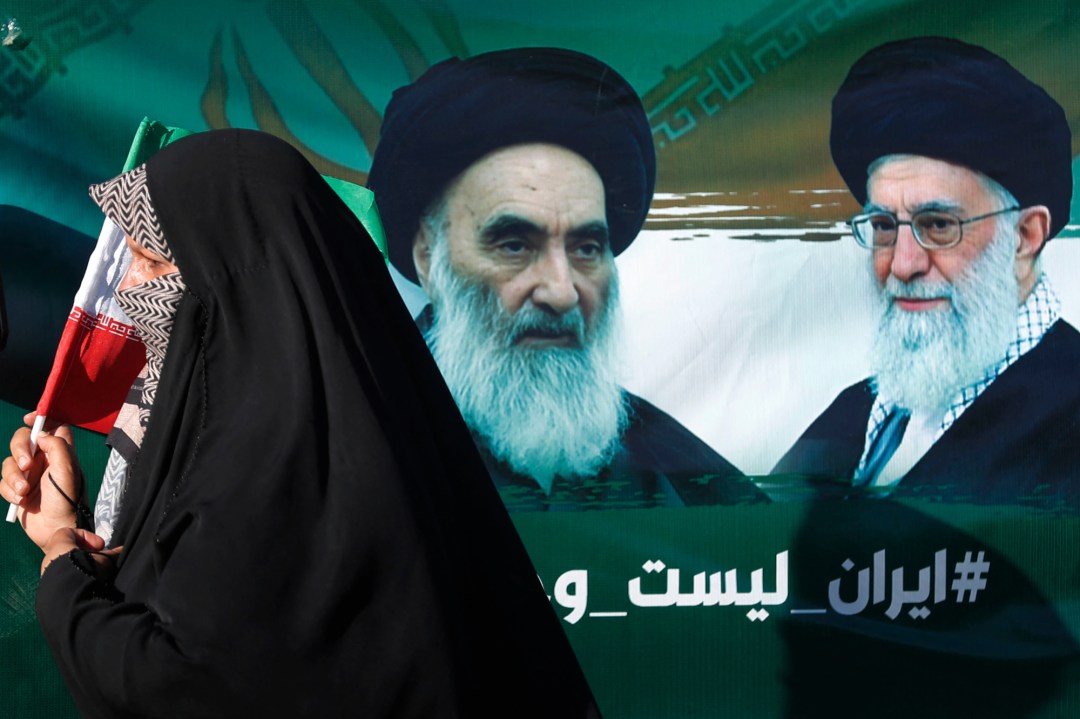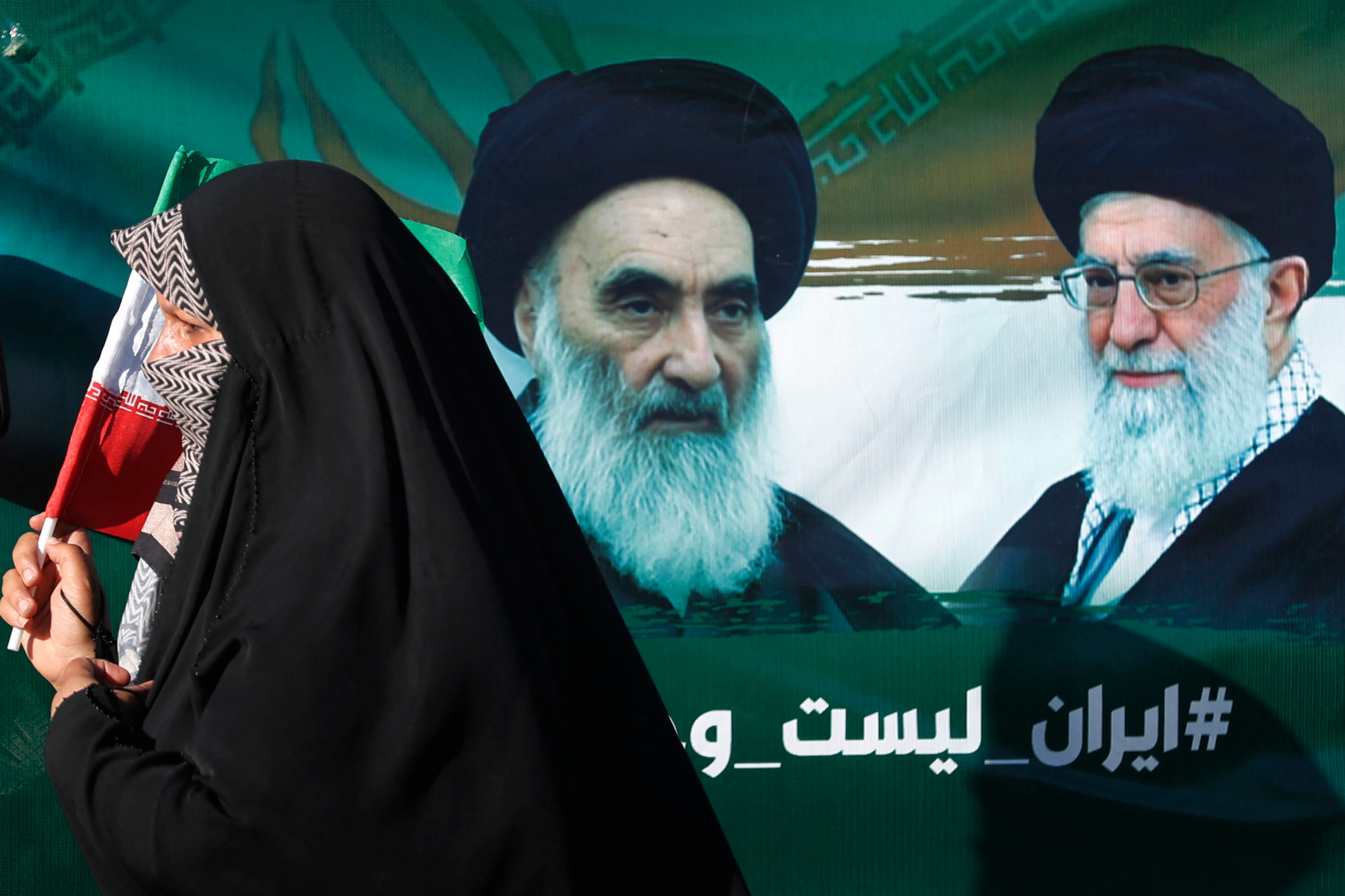Multiple American presidents have vowed to never allow Iran to acquire a nuclear weapon. This weekend President Trump made good on that promise. He undertook targeted, surgical strikes against the Islamic Republic’s nuclear programme after the regime repeatedly rejected diplomatic offers. This is a watershed moment which will change Iran, the region and the US position in the world.
The devastation the regime has faced over the last week will only amplify calls for the pursuit of nuclear weapons
In the immediate aftermath of the US military action against nuclear facilities at Natanz, Fordow, and Esfahan, Iranian media and officials sought to downplay the strike. A source told Press TV, an Iranian state outlet, that ‘air defences… were activated and the attack was successfully thwarted, except for minor exterior damage at the entry and exit points.’ It added, ‘all three sites had long been evacuated and the enriched uranium had also been relocated to a safe location.’ An Iranian lawmaker was quoted as saying the Fordow Fuel Enrichment Plant was not seriously damaged – that there was mostly surface and superficial damage, and no one was killed there. Iran’s Nuclear Safety Centre announced that there were no signs of contamination recorded. Other officials stressed Iran retained the right to self-defence and to respond.
Such statements likely mask extensive damage and allow the regime to reduce internal pressure to respond immediately. But that does not mean Tehran will not respond. It plays a long game, and Ayatollah Ali Khamenei, who has built his career on resisting the United States, will have to do so. There have already been signs of dissatisfaction in the Iranian leadership ranks with the erosion of Iran’s deterrence. Before Saturday’s strikes by the United States, the losses in Iran’s proxy and partner network had already led some Islamic Revolutionary Guard Corps (IRGC) commanders to pressure the supreme leader to change Tehran’s nuclear doctrine.
All in all, since 2023, Iran has seen is proxy and partner network badly disintegrate, its missile and drone programme damaged, its nuclear programme attacked, and its military leadership decapitated.
The devastation the regime has faced over the last week will only amplify calls for the pursuit of nuclear weapons. Others in the system will counsel the regime to temper its response so that it has the time, space, and resources to rebuild internally with a succession looming. Khamenei will have to thread the needle between responding to save face without losing his head in the process, as the regime’s survival has historically been its primary imperative.
Tehran has options to respond. It can do so symbolically, like how it attacked US forces in Iraq after President Trump’s targeted killing of IRGC Quds Force Commander Qasem Soleimani. It could unleash the remnants of its Axis of Resistance against American forces and personnel in the Middle East. President Trump has been willing to risk more than any of his predecessors in the use of force against Iran, and with his recent threats against the supreme leader, Tehran will weigh his unpredictability heavily in its calculations.
Iran also retains capabilities in the maritime sector and has threatened to close the Strait of Hormuz. However, this may be a step too far for Iran as it could provoke a regime ending response and risk losing political support internationally. It may also alienate China which will be an important lifeline economically and politically for Tehran as it navigates this new terrain.
Iran may also opt to bar international inspectors from the country and trigger the withdrawal process from the Nuclear Non-Proliferation Treaty. Terrorism remains another means of retaliating against the United States, with Tehran seeking to develop contingency options over the years to foment terrorism in western capitals should certain red lines be crossed. Iran, through its Intelligence Ministry and the IRGC’s Intelligence Organisation, has cultivated relations with criminal gangs around the world. Hezbollah also still has an foreign operational capability with Talal Hamiyeh, the head of its Unit 910, remaining at large. Over the years, Hezbollah has sought to preserve these terror options in the West. In 2015, British authorities busted a Hezbollah cell stockpiling tons of ammonium nitrate, more than was used in the Oklahoma City bombing. The regime has spent resources surveilling Jewish institutions around the world should it be attacked. Iran may step-up its cyberoperations as well, seeking to penetrate US critical infrastructure.
Khamenei and his system have signalled that they would rather absorb a military strike than commit to zero enrichment in Iran. The supreme leader feels concessions on this would pave the way for more pressure to be exerted on the Islamic Republic and this could lead to the regime’s downfall. In this respect, the Islamic Republic’s enmity with the United States will continue as long as Khamenei or a like-minded successor is in his chair. There are likely no happy endings with the Islamic Republic in power as core pillars of the regime’s grand strategy is countering the United States and eradicating the State of Israel. Those will not change even after the American strikes.
The United States has fundamentally reset the US deterrence equation in the Middle East after this military strike. The late commander-in-chief of the IRGC Hossein Salami in October 2019 once boasted that the American military option was no longer on the table. President Trump has put it back on the table in a big way.








Comments